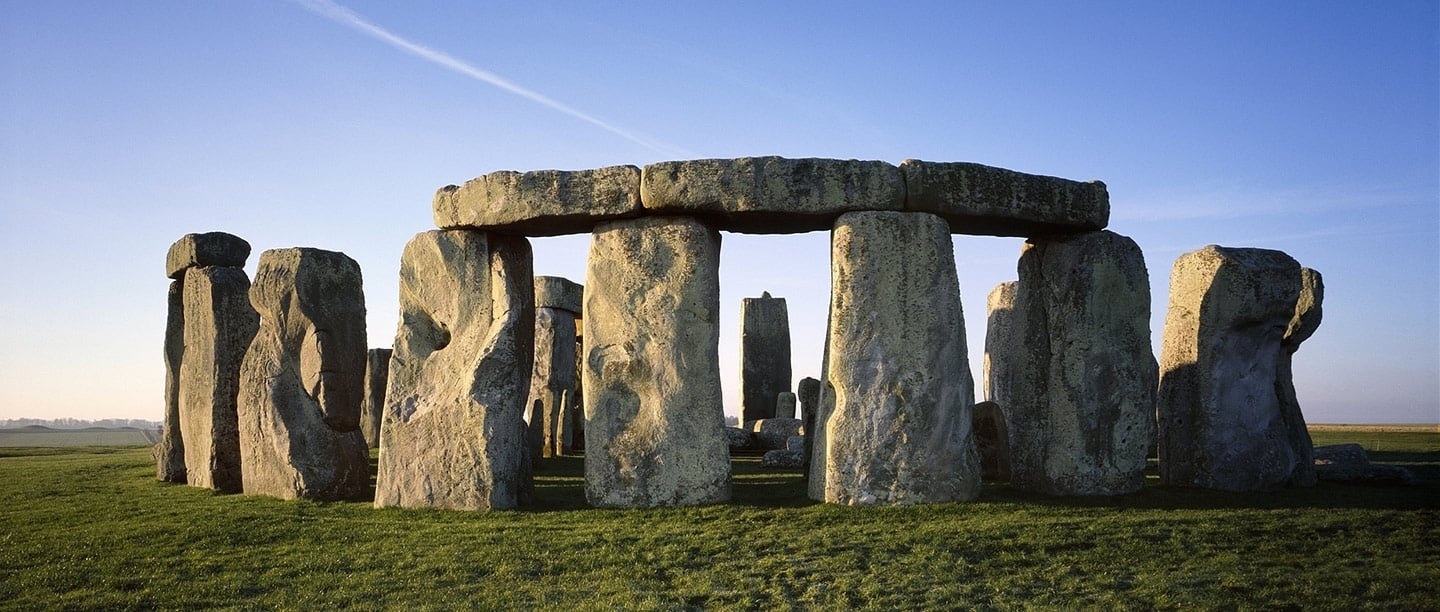Title: "The Role of the Knights Templar in the Crusades"
Prompt: Explore the history of the Templars, their rise to power, and the myths surrounding their downfall.
The Knights Templar remain one of the most intriguing groups from medieval history. Known for their bravery, discipline, and mysterious reputation, the Templars played a major role during the Crusades and left behind a legacy filled with both historical achievements and legendary stories. This article explores how they emerged, rose to influence, and eventually faced a dramatic collapse that still sparks curiosity today.
Origins and Purpose
The Knights Templar began in the early 12th century with a simple mission: to protect Christian pilgrims traveling to the Holy Land. As violence along pilgrimage routes increased, a small group of knights formed a brotherhood dedicated to defending travelers and safeguarding important religious sites. Their commitment earned them recognition from the Church, giving the order legitimacy and support.
Growth and Rise to Power
As the Crusades progressed, the Templars expanded rapidly. They became known for their strict discipline, exceptional combat skills, and unshakable religious devotion. These qualities made them a valuable force in many key battles.
Beyond the battlefield, the order built a strong financial network. They managed estates, offered safe storage for valuables, and even developed early forms of banking. Their wealth and connections allowed them to establish influence across Europe, making the Templars not only warriors but also powerful economic figures.
Daily Life and Values
Life within the order demanded obedience, humility, and purity. Members lived under a strict code that emphasized simplicity and loyalty. Their uniform, marked with a red cross, symbolized sacrifice and faith. This disciplined lifestyle strengthened their reputation and set them apart from other military groups of the time.
The Fall of the Templars
Despite their success, the Templars faced a sudden and dramatic downfall in the early 1300s. Political tensions, jealousy, and financial motivations fueled accusations of heresy and corruption. Many historians believe these charges were exaggerated or fabricated by powerful leaders who saw the Templars’ wealth as an opportunity.
The order was eventually disbanded, and many members were arrested or executed. This abrupt end gave rise to countless stories and conspiracies about hidden treasures, secret rituals, and surviving members who continued the Templar legacy in the shadows.
Enduring Myths and Legacy
Even centuries later, the Knights Templar continue to capture the imagination of historians, writers, and the general public. Movies, books, and legends often portray them as guardians of sacred relics or holders of ancient secrets. While many of these stories are more fantasy than fact, they reveal how deeply the Templars have shaped popular culture.
Their real legacy lies in their military contributions, innovative financial practices, and the lasting fascination they inspire. The Templars remain a symbol of courage, mystery, and the complex history of the Crusades.







